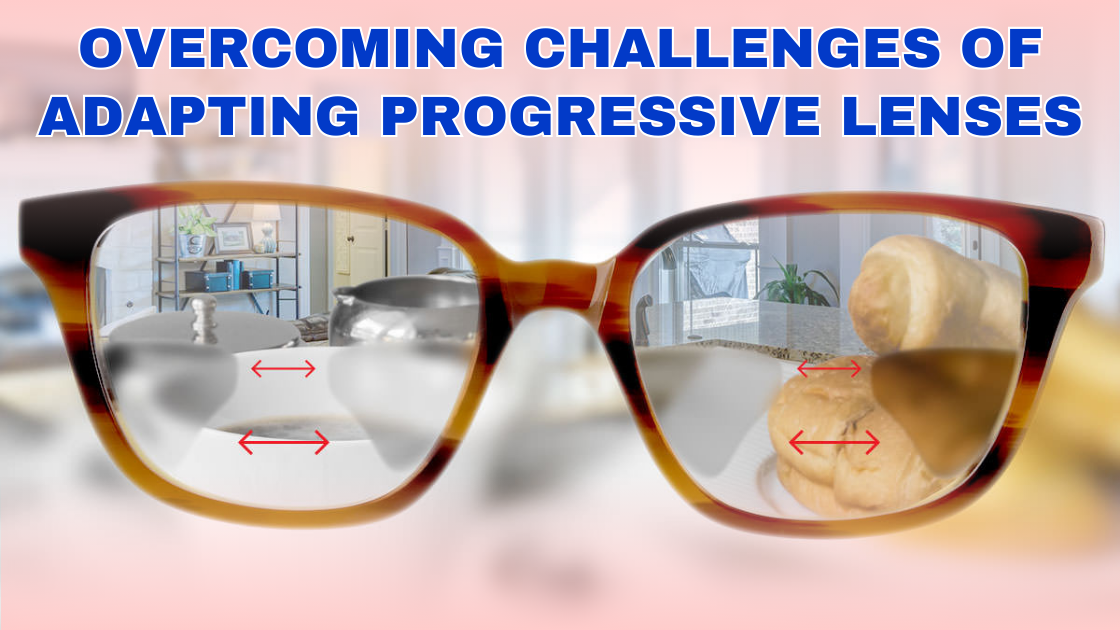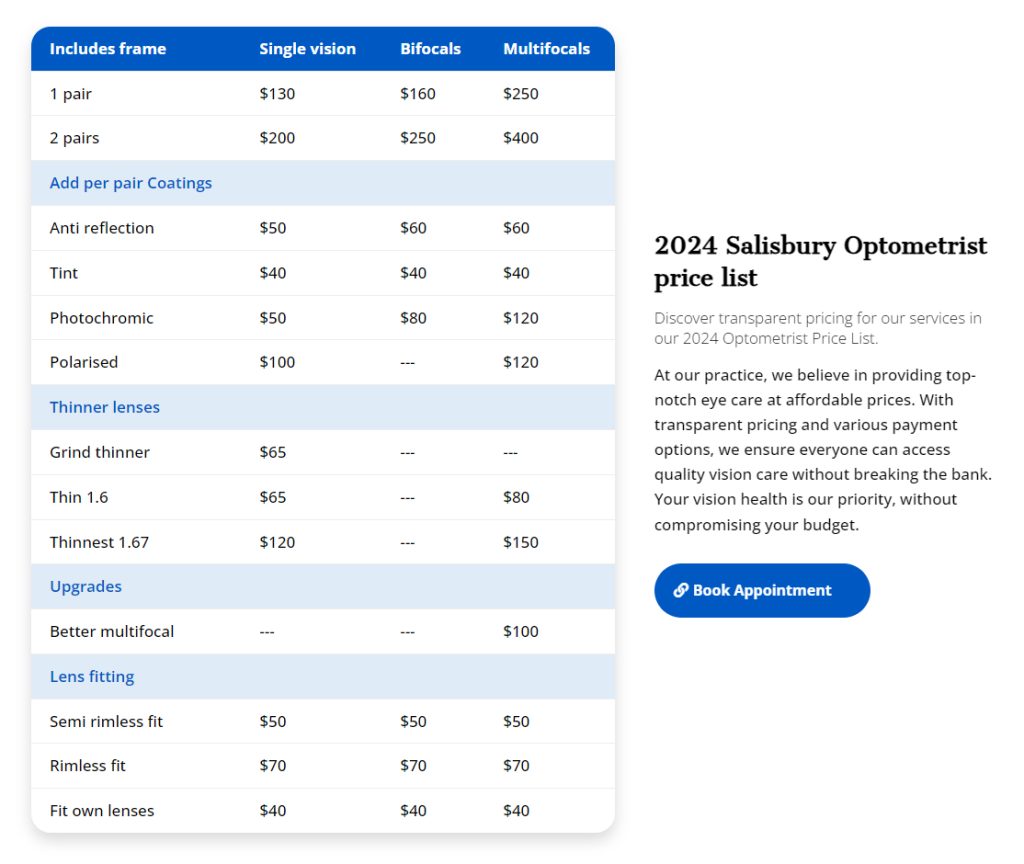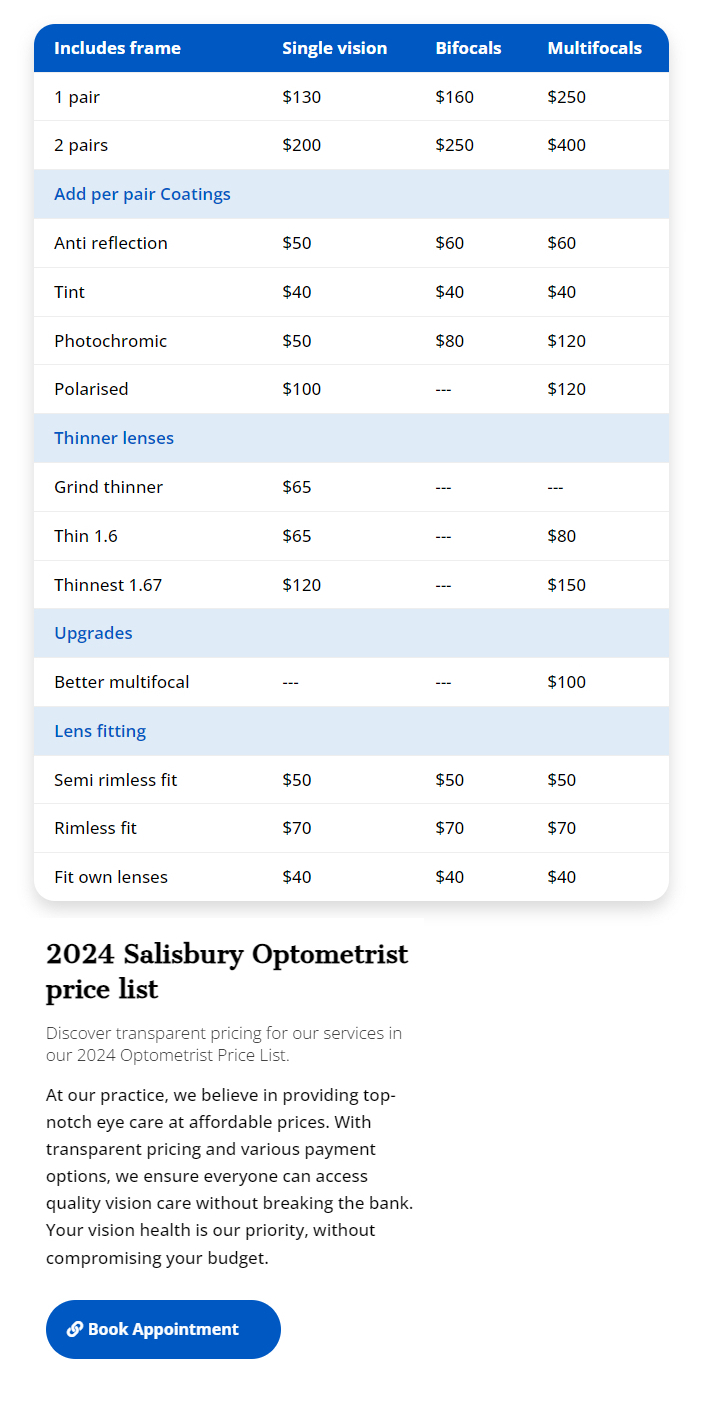Adapting to progressive lenses is a transformative journey, yet it often involves grappling with initial challenges. Distortion, peripheral blur, and the quest for optimal viewing zones emerge as common concerns during this transitional phase. Navigating these obstacles can be perplexing, affecting both visual comfort and confidence. In this exploration, we delve into the hurdles individuals encounter when embracing progressive lenses, shedding light on practical solutions for a seamless adjustment. Understanding these initial challenges is pivotal in empowering individuals to overcome hurdles and fully embrace the enhanced visual experience that progressive glasses promise.
Importance of a Gradual Adaptation Period
A gradual adaptation period is integral to a successful transition to progressive lenses. This methodical adjustment is crucial as it provides the eyes and brain with the necessary time to acclimate to the complexities of multifocal vision. Rushing this process may lead to discomfort and hindered visual performance.
By allowing a gradual adaptation, wearers can experience the benefits of improved clarity and seamless transitions between prescription strengths. This deliberate approach not only enhances comfort but also fosters a smoother integration of progressive lenses into daily life, ensuring wearers fully capitalize on the innovative features and optimal visual experience these lenses offer.
Practical Tips for a Smooth Transition
Navigating the shift to progressive lenses demands precision and technique. To find the right gaze direction, initiate by pointing your nose directly at the object of focus. Gradually lower or raise your gaze within the lens, aligning your eyes with the desired zone. Adjust head movements subtly, utilizing peripheral vision for transitions between zones. Maneuvering different lens sections necessitates tilting your head, allowing seamless progression from distance to near vision. Maintain a relaxed posture; a straight and slightly downward gaze facilitates clear distance vision, while a gentle lift of the chin optimizes the reading zone. Consistent practice in controlled environments aids in mastering these techniques. Patience is key; gradual adaptation is natural. Implementing these precise adjustments ensures an efficient and comfortable transition, unlocking the full potential of progressive lenses for optimal visual acuity in diverse daily activities.
Optimizing Fit and Prescription for the Help of Optometrists
Optometrists play a pivotal role in the seamless integration of progressive lenses, ensuring both an accurate fit and prescription tailored to individual needs. Their expertise involves precise measurements of parameters like pupillary distance, eye movement patterns, and head posture. This meticulous approach guarantees optimal lens alignment, minimizing issues like distortion and discomfort. Professional guidance from optometrists is indispensable in determining the most suitable lens design, considering factors such as lifestyle and visual habits. Through collaborative discussions and comprehensive eye exams, optometrists fine-tune prescriptions, addressing specific vision requirements. This personalized approach not only enhances visual clarity but also fosters a smoother adaptation process. Hence, it is advisable to consult an optometrist.
Technology’s Role in Easing the Transition to Progressive Glasses
Technological advancements have revolutionized the adaptation to progressive lenses, offering practical solutions for a seamless experience. Digital optimization stands at the forefront, fine-tuning lens designs with precision. Utilizing computer-aided algorithms, these lenses are customized based on individual visual needs, minimizing distortions and maximizing clarity. Personalized designs incorporate wearer-specific parameters, ensuring an accurate fit and enhanced comfort.
Moreover, wavefront technology plays a crucial role, mapping the eye’s unique aberrations to create lenses that closely mimic natural vision. High-definition digital surfacing further refines lens surfaces, delivering sharper images and reduced peripheral distortions.
The integration of anti-reflective coatings and blue light filtering technology enhances visual comfort, especially during prolonged screen use. Transitioning seamlessly between prescription zones, these lenses address the challenges of progressive wear, allowing wearers to navigate diverse activities effortlessly.
Tips for Maintaining Eye Health During the Adaptation Period
Lastly, during the adaptation period to progressive glasses, do not forget to prioritize your eye health with practical tips. Incorporate regular breaks to rest your eyes and reduce strain. Ensure well-lit environments, optimizing lighting for specific tasks. Adjust screen settings to minimize glare and maintain an ergonomic workspace. Stay hydrated to combat dry eyes, and follow the 20-20-20 rule—look 20 feet away every 20 minutes for 20 seconds. Maintain consistent sleep patterns to support overall eye health. These practices contribute to long-term comfort, aiding the adjustment to progressive lenses and promoting the well-being of your eyes during this transitional phase.
Wrapping Up
Through this blog, we recognize the initial challenges of adapting progressive glasses as stepping stones toward an enhanced visual experience. The importance of a gradual adaptation period becomes clear—a methodical approach that unlocks improved clarity and seamless transitions. We also mentioned some other requirements and tips for your help that you should not miss out on.
Now you can easily integrate progressive lenses into your life to achieve optimal visual acuity and comfort in daily activities.




0 Comments